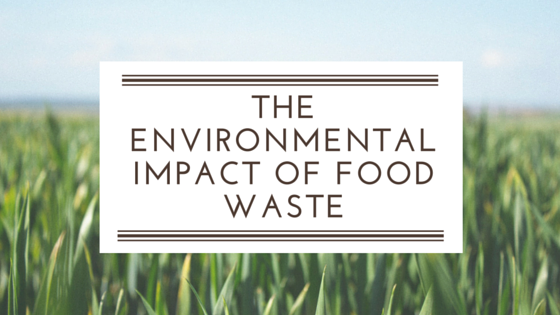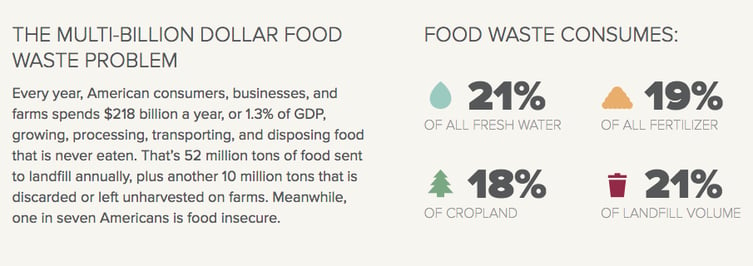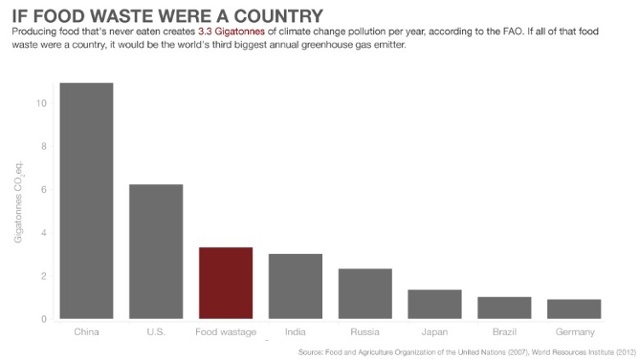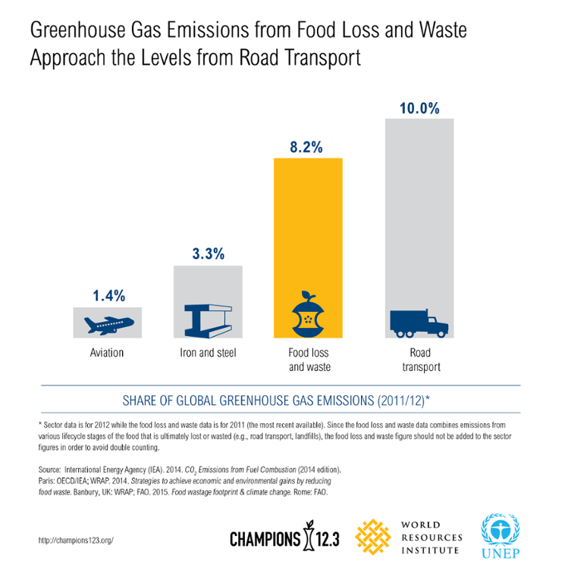
There are obvious financial and social implications of wasting food, but oftentimes, the environmental impact of food waste is overlooked. We explore three statistics that highlight how damaging food waste can be to our planet.
1. Food waste consumes 21% of all freshwater, 19% of all fertilizer, 18% of cropland, and 21% of landfill volume.
ReFed released a roadmap earlier this year, outlining 27 ways to reduce food waste at scale. Categorized by three types of solutions (food prevention, food recovery, and food recycling), the ReFed team calculated the financial impact (money saved and jobs created), the environmental impact (waste diverted, emissions reduced, water saved), and the social impact (meals recovered for the food insecure) that these solutions could generate once implemented.

2. If wasted food was a country, it would be the third largest producer of greenhouse gases (GHGs) in the world, after the United States and China.
More details on the environmental footprint of food wastage can be found in this summary report from the FAO, but at a high level, food waste generates more greenhouse gasses than India, Russia, Japan, Brazil, and Germany.

The waste of food production throughout the supply chain rivals the environmental impact of transportation. In January, a coalition of 30 leaders launched Champions 12.3 at the World Economic Forum’s annual summit in Davos, Switzerland to create momentum around reducing food waste.

Here is some additional reading on the environmental impact of food waste:
- Stop wasting food to slow global warming | Scientific American
- Reducing food waste would mitigate climate change, study shows | The Guardian
- The environmental impact of wasted food | Fast Company
- The enormous carbon footprint of food that we never even eat | The Washington Post
- How reducing food waste could ease climate change | National Geographic
- This is how much water you waste when you throw away food | Smithsonian Magazine
What’s the most surprising statistic about food waste’s impact on the environment that you’ve read? Comment below!
.png?width=250&name=SpoilerAlert_WhiteLogo_LeftStacked%20(7).png)
